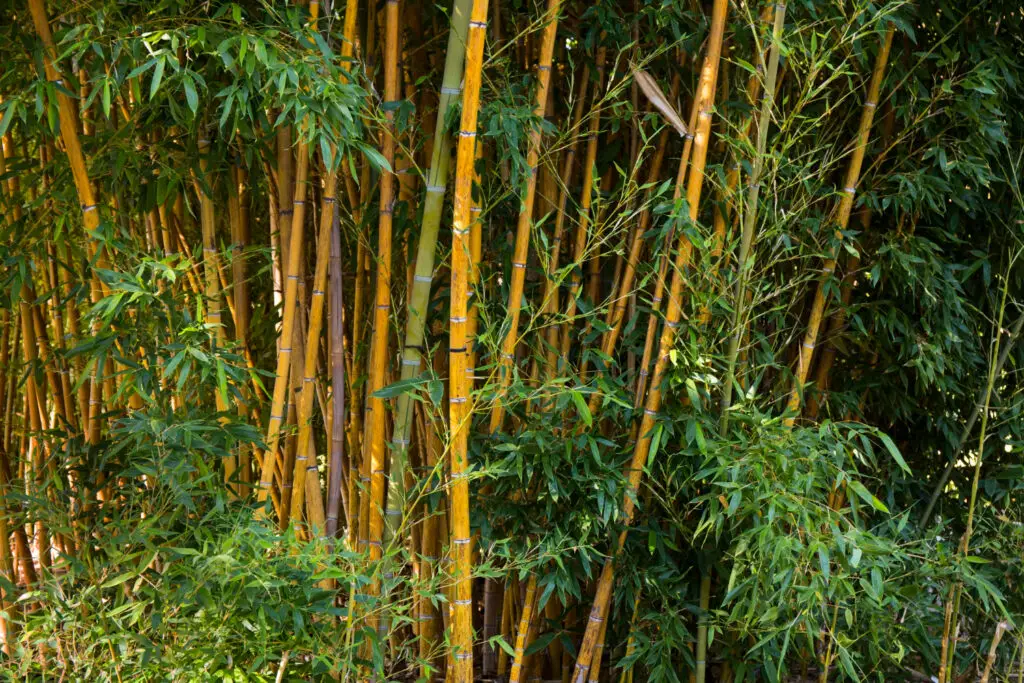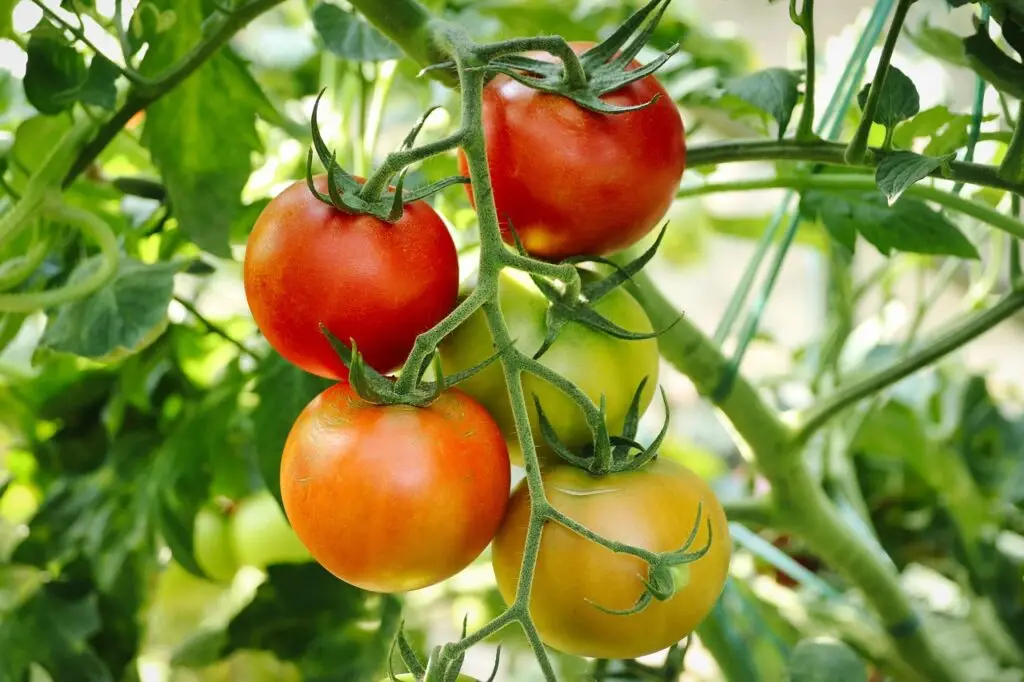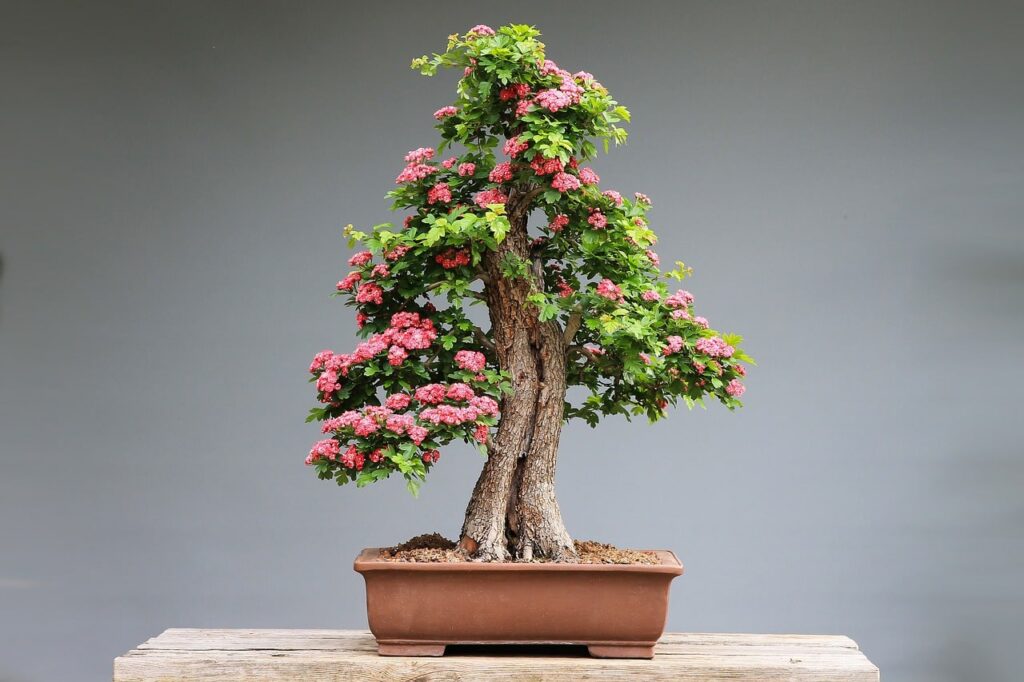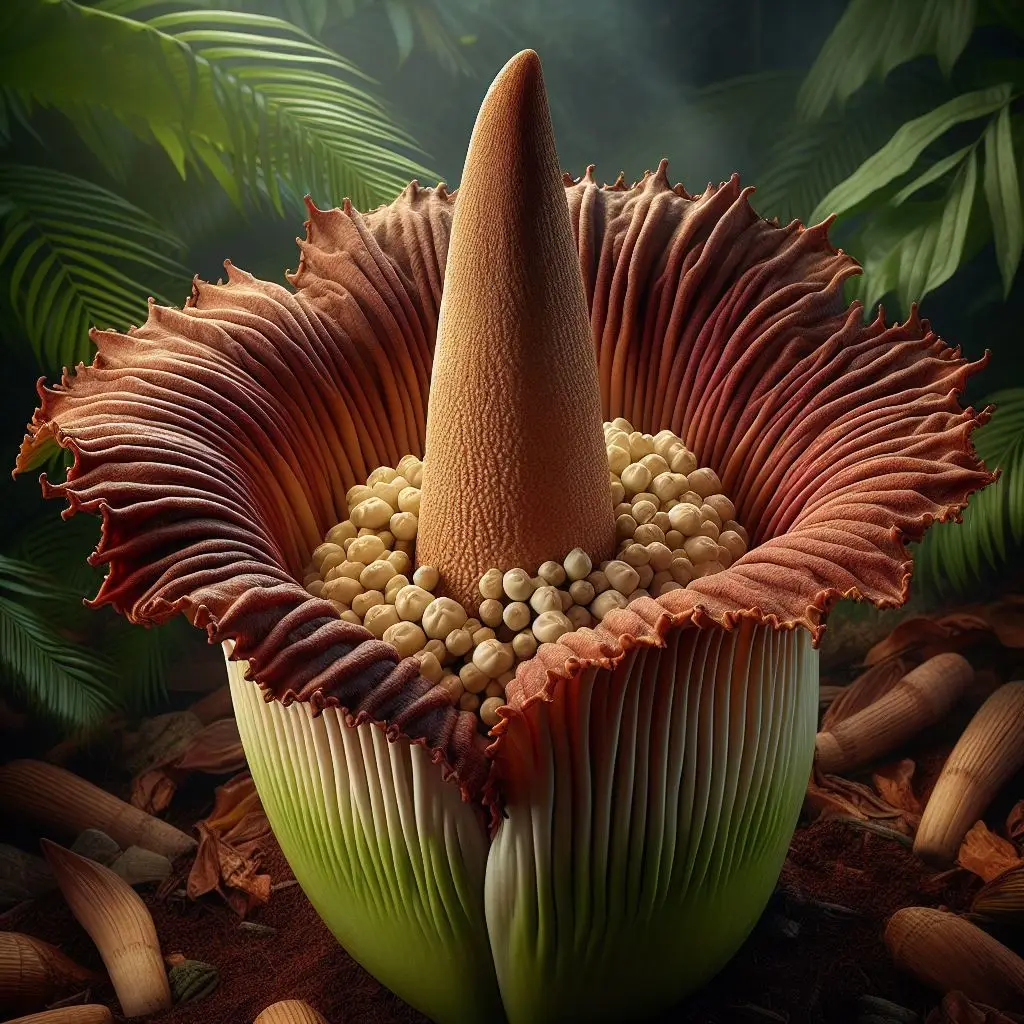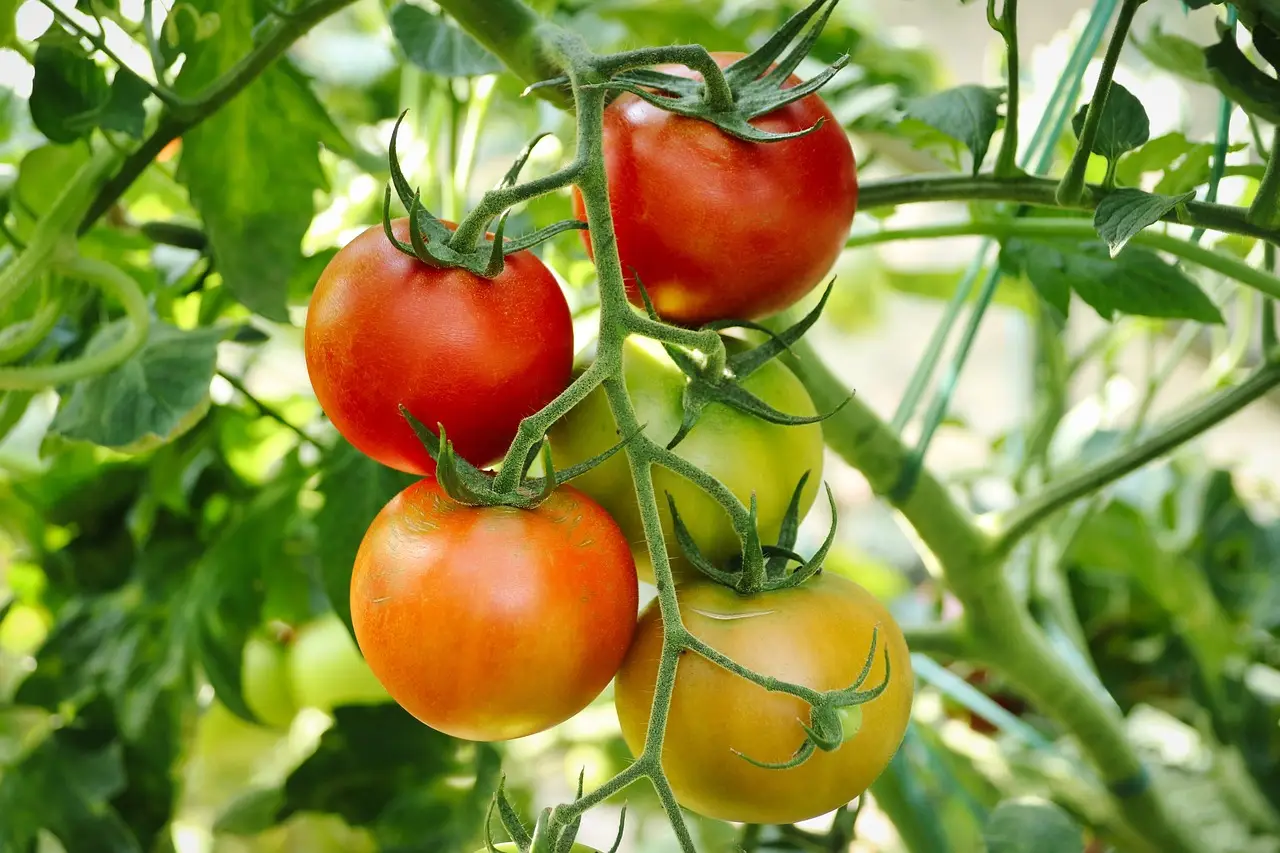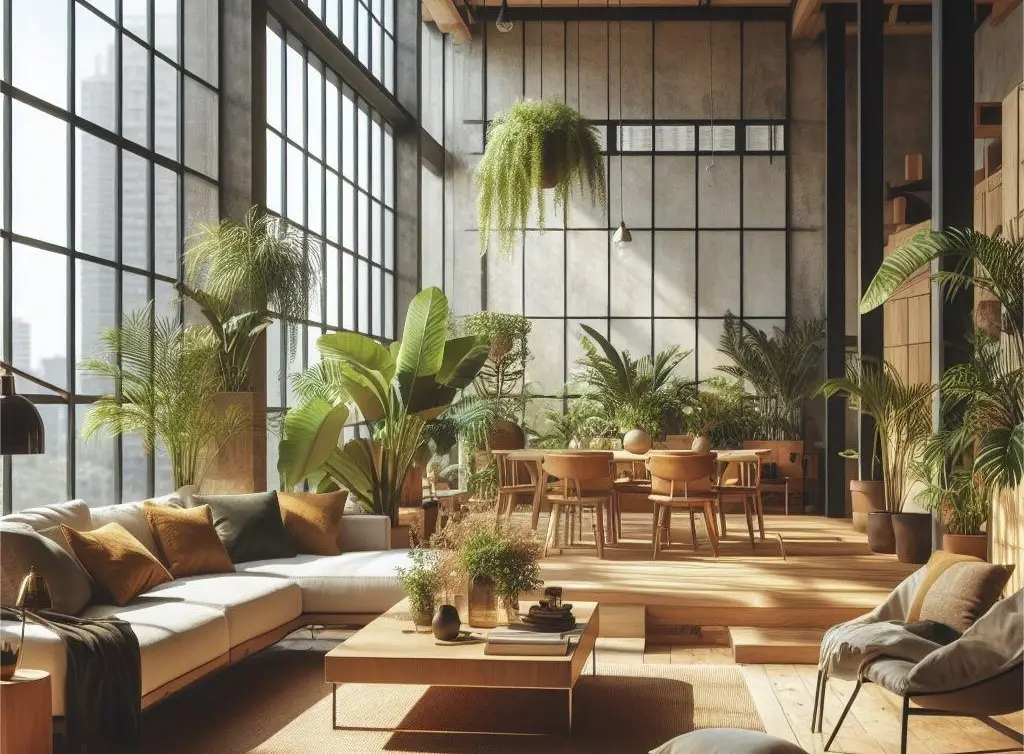Table of Contents
Introduction
In the lush tapestry of nature, certain plants stand out for their remarkable attributes, serving as both functional resources and captivating elements of our environment. Among these, bamboo and Areca palms emerge as fascinating subjects, each offering unique characteristics and applications.
Bamboo often hailed as the “miracle plant,” captures our attention with its rapid growth, unparalleled strength, and diverse utility. From sustainable building materials to luxuriously soft fabrics, bamboo’s versatility knows few bounds. Its eco-friendly nature and abundance make it a beacon of hope in the face of environmental challenges.
On the other hand, Areca palms, with their elegant fronds and golden-yellow trunks, add a touch of tropical allure to any space. Beyond their aesthetic appeal, these palms serve as air-purifying companions, enhancing indoor environments while requiring minimal maintenance.
Join me on a journey as we delve into the world of bamboo and Areca palms, exploring their origins, characteristics, and the myriad ways in which they enrich our lives and surroundings.
Bamboo Palm
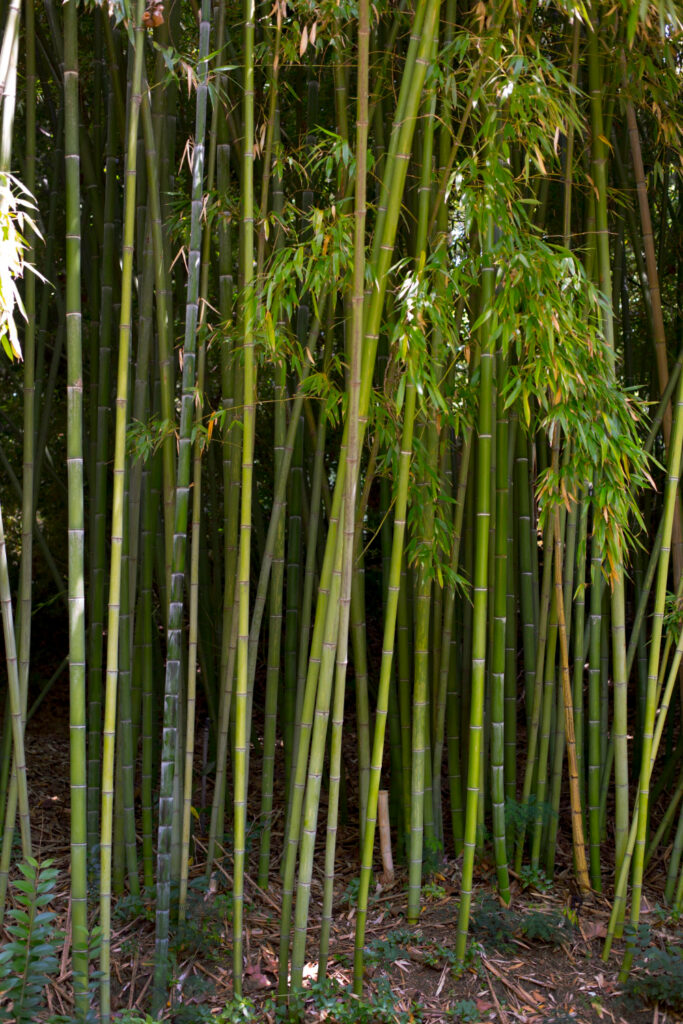
There are hundreds of thousands of different plant species around the globe, but one plant in particular stands out from the others in terms of growth rate and utility. That plant’s rate of growth is bamboo.
The Remarkable Bamboo
Among the world’s most interesting and practical plants is bamboo. Despite having a tree-like appearance, it is actually thought of as grass. More than a thousand distinct species of bamboo have been identified by scientists as being in different parts of the world. Southeast Asia is covered in vast stretches of organically growing forest. Bamboo is a miraculous plant that has been used for generations as a strong building material and a sustainable food source in Hawaii and many other places of South America.
Environmental Impact and Sustainability
Bamboo is gaining recognition as a practical resource that is both incredibly useful and environmentally beneficial at a time when resource depletion and deforestation endanger the delicate natural world and its different ecosystems. Globally, bamboo horticulturists believe that bamboo is among the planet’s most sustainable renewable resources. This is demonstrated by the fact that certain species of bamboo can grow up to four feet a day and mature in just two years, which is significantly faster than the 50 to 60 years it takes for traditional timber to mature and be ready for harvesting. Bamboo also self-proliferates quickly, leading to the rapid emergence of new bamboo forests.
Environmental Benefits
Unlike other plants, that is typical of other kinds of timber harvests. Because bamboo is naturally antibacterial, it doesn’t require toxic fertilizers or pesticides that could harm the environment. As atmospheric carbon dioxide levels grow, bamboo also becomes an extremely useful instrument for air purification. Bamboo, along with other plants, helps us breathe easier by converting carbon dioxide into clean, breathable oxygen. Bamboo is far more efficient at this than normal trees; a stand of bamboo can create up to 35% more oxygen than a stand of trees of the same size.
Versatile Applications
Here at Bamboo Giant, we offer unique products made of bamboo. From a foot tall to fifty feet tall, we have over fifty varieties, but they all share. I’m wearing a ton of things, including bamboo flooring, furniture, and fencing. By weight, the canes are more robust than steel. Because bamboo was less expensive than steel while maintaining the same strength and lightweight, Thomas Edison utilized it as reinforcing in some of his experimental swimming pools and house structures. This means that bamboo may be used for anything from buildings to food sources.
Innovative Fabric
The current development of bamboo into an incredibly soft and pleasant eco-friendly fabric is one of the more fascinating uses for the material. How can a substance that is as strong as steel be made into an incredibly soft fabric? The solution is found in the extraordinarily special manufacturing process that starts with the harvest and ends with us being able to wear this amazing plant.
Bamboo Fabric Production
After the bamboo fibers are broken down by a solution, the pulp is extracted and dried until it resembles sheets of parchment. These sheets are prepared for grinding into the fluffy, soft material known as bamboo fiber. After that, the fiber is split off and stretched into thread, which is used to make yarn for weaving. The end product is a fabric that is twice as soft as cotton and is comparable to expensive materials like silk. It can be used to create anything from t-shirts to opulent bamboo king-size bed linens.
Benefits of Bamboo Fabric
Fabric is an amazing material with special and intriguing qualities. One of these characteristics is that the fabric naturally regulates heat, keeping the body’s color warmer in the winter and cooler in the summer. In addition to keeping the wearer dry and three degrees colder than other traditional materials, it wicks sweat away from the body. They are softer than bed linens with a 1000 thread count when produced. The most comfortable and environmentally responsible method to get a good night’s sleep is using Egyptian cotton bamboo sheets.
Bamboo cloth is turning into a really useful resource for a number of companies. It finds its way into all of our futures and develops into a trustworthy asset for many decades to come.
Areca Palm
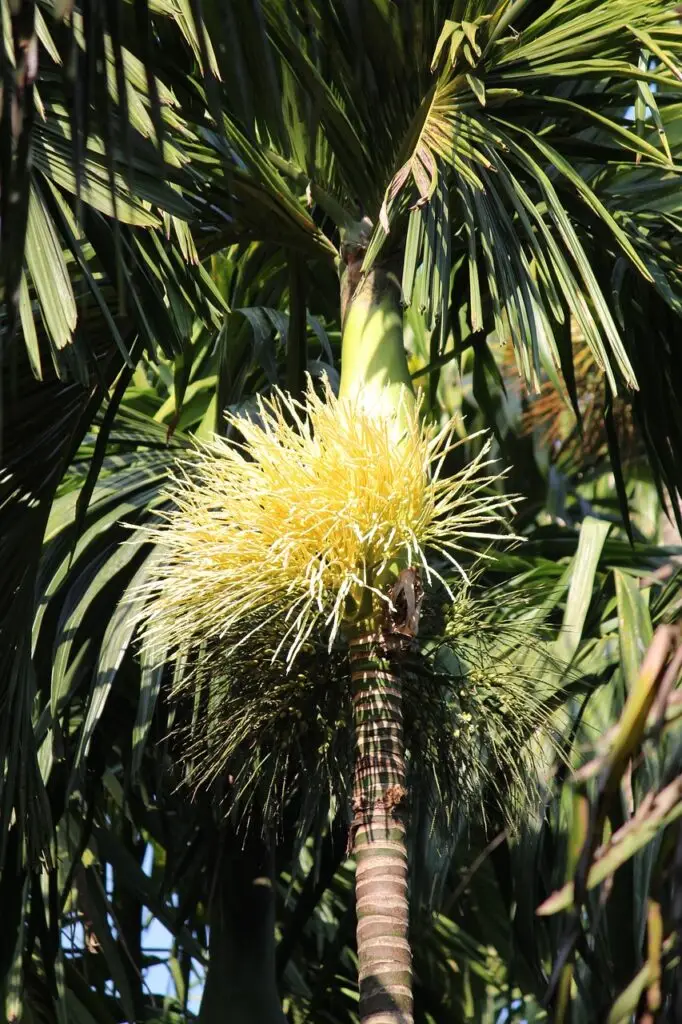
At garden centers, Areca (Dypsis lutescens) is one of the more popular and common palms. Found in humid tropical forests from the islands of the Philippines, Malaysia, and India to Southeast Asia to Melanesia, the genus Areca comprises 51 species of palm trees in the family Aceraceae. A locally used name on India’s Malabar Coast is the source of the generic name Areca.
Distribution
In addition, the Andaman Islands, Cuba, Puerto Rico, the Canary Islands, southern Florida, Haiti, the Dominican Republic, Jamaica, the Leeward Islands, and the Leeward Antilles have all recognized it as their own.
Physical Characteristics
Areca palms grow in clusters of smooth, ringed, golden-yellow trunks that resemble bamboo. Reaching up to six feet in length, the canopy is covered with arching, fluffy green fronds with a yellow midrib. Mature areca palms can reach heights of 12 to 30 feet and a mature spread of 8 to 15 feet when cultivated outdoors. However, the palm often grows to a height of 6 to 7 feet when planted inside as a houseplant. The annual growth rate of areca palms is approximately 10 inches.
Blooms and Fruits
While areca palms seldom bloom inside, when they do, the result is unimpressive panicles of yellow flowers that extend up to two feet in length over the summer. After the blossoms are finished, they cluster into 1/2-inch orange fruits that gradually become black when they ripen. The debris from the falling fruit might be messy, so be.
Lifespan
When planted indoors, the Areca palm can live for ten years or longer, which is a comparatively long lifespan. However, the Areca palm can live for 40 years or longer when planted outside in its natural tropical habitat. In general, elements like appropriate maintenance, the surrounding environment, and the existence of pests or illnesses affect how long a person lives. According to U.S. Department of Agriculture plant hardiness zones 10 through 11, this plant is hardy. The Areca Palm (Dypsis lutescens) is also known by the following common names:
- Golden Cane Palm
- Golden Feather Palm
- Cane Palm
- Yellow Palm
- Butterfly Palm
- Madagascar Palm
- Yellow Butterfly Palm
Versatile Usage
Don’t they seem to be everywhere? This fashionable ball plant with harrow-like leaves is a great air purifier for restaurants, offices, cafes, and even our homes, but it can also be a little difficult to grow. For those who are displeased or, more specifically, if this is the first time you’ve grown this plant, don’t worry we’ve got you covered.
Growing Conditions
Because palm trees may reach a height of thirty feet and require a lot of space to grow, sunlight is quite crucial. They can be grown both indoors and outdoors. If you want a lush green plant, you should keep it in a space that receives diffused light rather than direct sunlight. Edica is not very fond of cold temperatures, so when the temperature drops below 20, it does not do well. All it needs is medium light space in your balcony outside a terrace garden office Erica Plam. It can actually tolerate direct sunlight as well, but you would notice in that case will become yellow. This plant grows extremely slowly; it will take two to three months from seeds to several leaves. Beautiful indoor plants with gorgeous green foliage are areca palms.
Difference of Bamboo And Areca Palms
| Bamboo | Areca |
| The term “bamboo palm” comes from its thin, cane-like stems and fronds that resemble bamboo leaves. Generally speaking, the leaves are smaller and narrower than those of the Areca palm | Areca palms have broader, feathery fronds and thicker, yellowish-green trunks. Generally speaking, the leaves are more curved and bigger than those of the Bamboo palm. |
| Compared to Areca palm, Bamboo palm can withstand lower light levels but prefers bright, indirect light. | Areca palm can grow quite tall, sometimes reaching heights of up to 20 feet (6 meters) indoors under optimal conditions. It has a faster growth rate compared to Bamboo palm. |
| Compared to Areca palm, Bamboo palm can withstand lower light levels but prefers bright, indirect light. | Because of its larger size and higher development rate than the Bamboo palm, the Areca palm usually needs more frequent watering. |
| Because they might develop root rot, both palms benefit from regularly moist soil, but they shouldn’t be overwatered. | Because of its larger size and faster pace of growth than the Bamboo palm, the Areca palm usually requires more frequent watering. |
| Being tropical plants, both types of palms like warm weather. Although they can withstand normal interior temperatures, drafts, and extremely cold weather should be avoided | When compared to Bamboo palm, Areca palm might be a little more susceptible to cold drafts. |
Bamboo And Areca Palms Similarities
- The bamboo palm is native to Mexico and Central America, while the areca palm is native to Madagascar. Both bamboo and areca palms are endemic to tropical climates.
- Because of their aesthetic appeal and ability to filter the air, both bamboo and areca palms are popular options for indoor plants. With the correct care, they may flourish indoors.
- It is well known that areca and bamboo palms can enhance interior air quality by eliminating airborne pollutants like formaldehyde, benzene, and trichloroethylene.
- Low to Moderate Light Requirements: Unlike several other indoor plants, both bamboo and areca palms can withstand lower light levels, however, they do like bright, indirect light. They are therefore appropriate for rooms with little natural light.
- Although they both like continuously wet soil, overwatering can cause root rot in bothbamboo and areca palms. Regular watering and well-draining soil are beneficial to them.
- Because neither the bamboo palm nor the areca palm are thought to be poisonous to people or animals, they are safe options for homes with small children or animals.
- Both bamboo and areca palms are excellent choices for novice indoor gardeners because they require little care overall. They are long-lived indoors if given enough light, water, and fertilizer on occasion.
- Areca palms grow in a clump of golden-yellow, smooth, ringed trunks that resemble bamboo.
Conclusion
In conclusion, both bamboo and Areca palms offer many benefits and applications, making them invaluable additions to any environment. Bamboo’s rapid growth, strength, and versatility make it a sustainable resource for construction, textiles, and more. On the other hand, Areca palms, with their elegant appearance and air-purifying properties, bring a touch of tropical beauty to indoor spaces while requiring minimal maintenance.
Whether you’re looking to enhance your home, office, or outdoor landscape, both palms provide aesthetic appeal and practical advantages. From purifying the air to adding a natural charm, bamboo and Areca palms stand out as versatile and user-friendly plant options suitable for novices and enthusiasts alike. Embrace the lush greenery and eco-friendly benefits these plants offer, and enrich your surroundings with their enduring presence.

